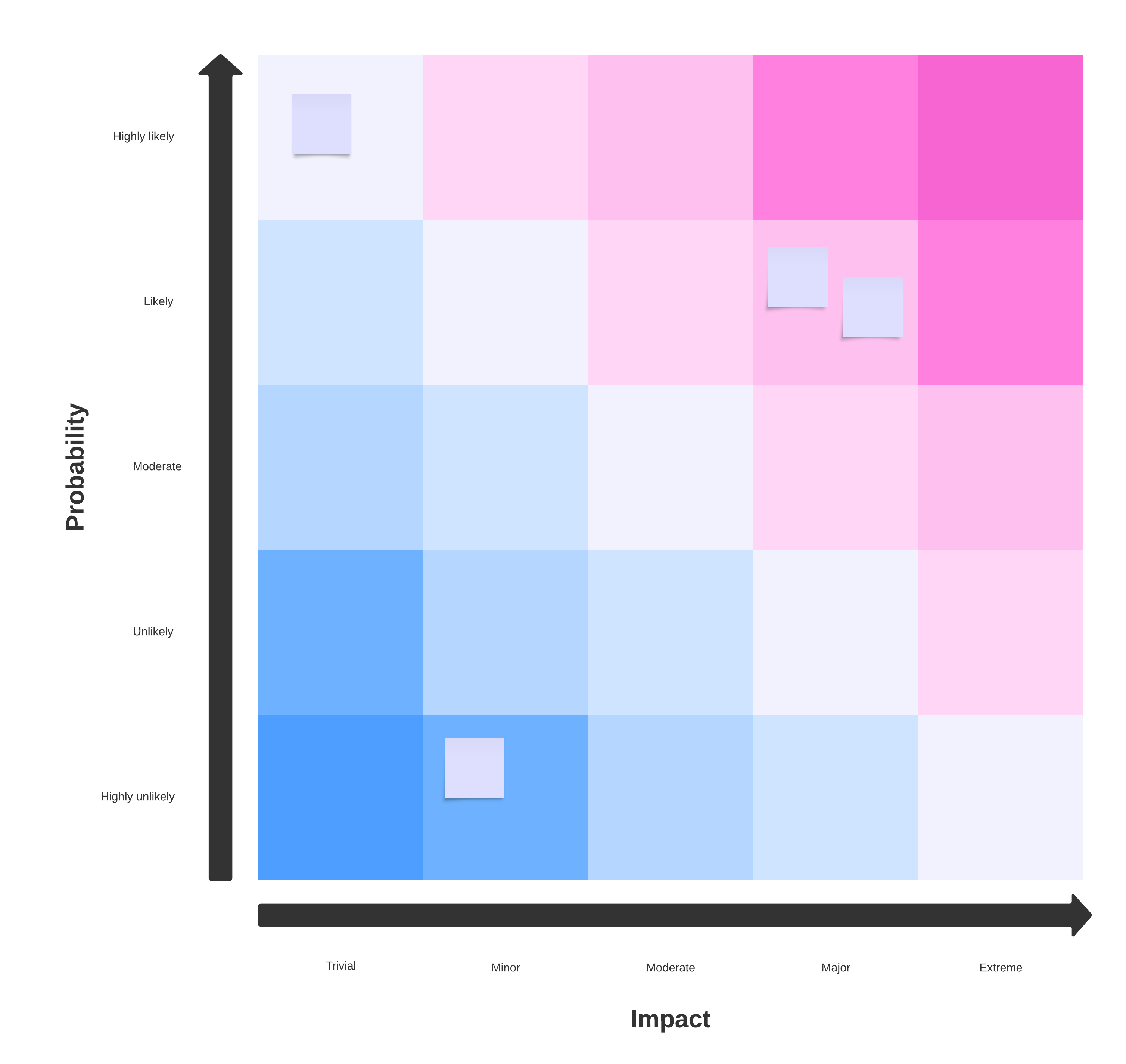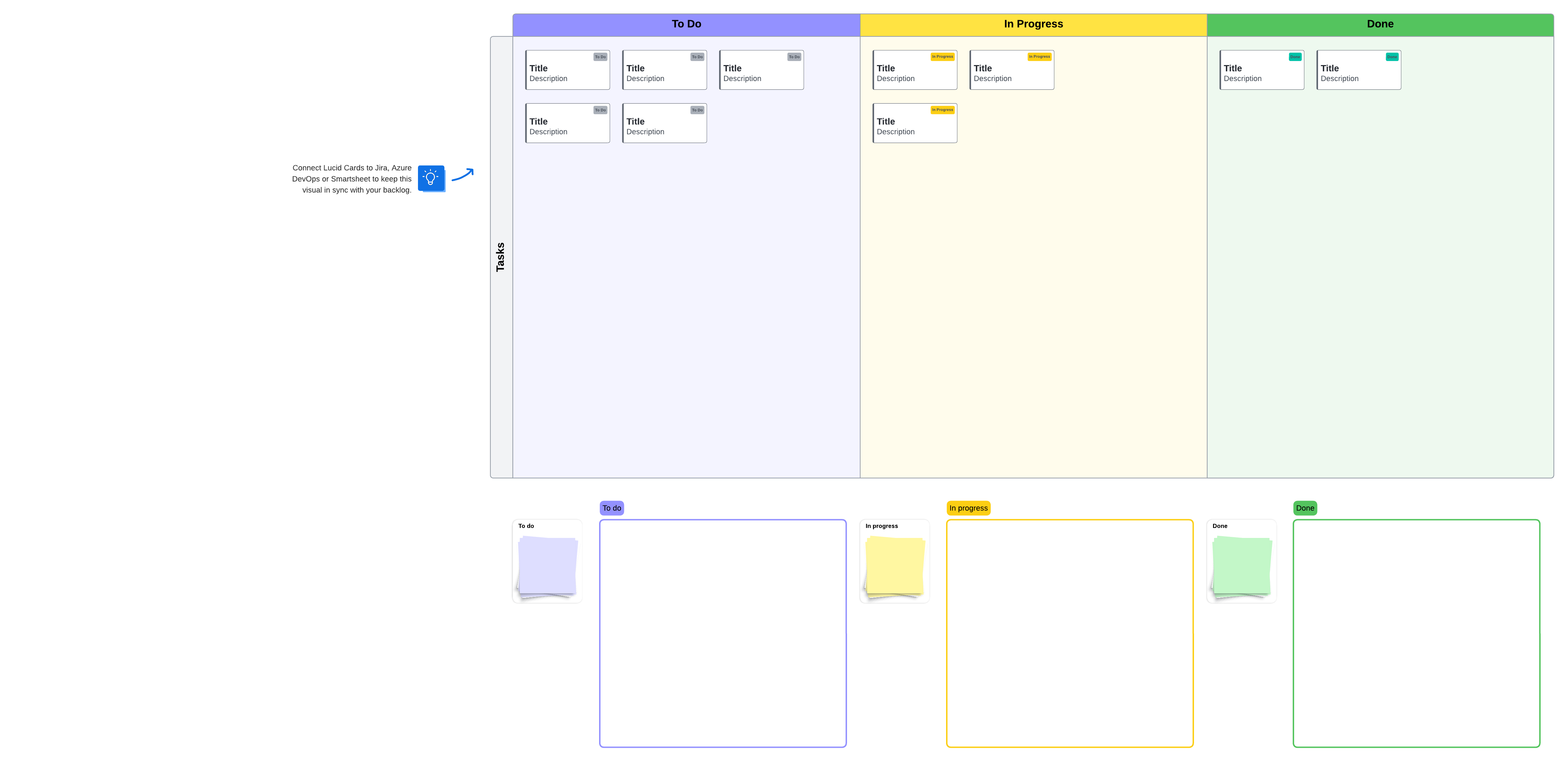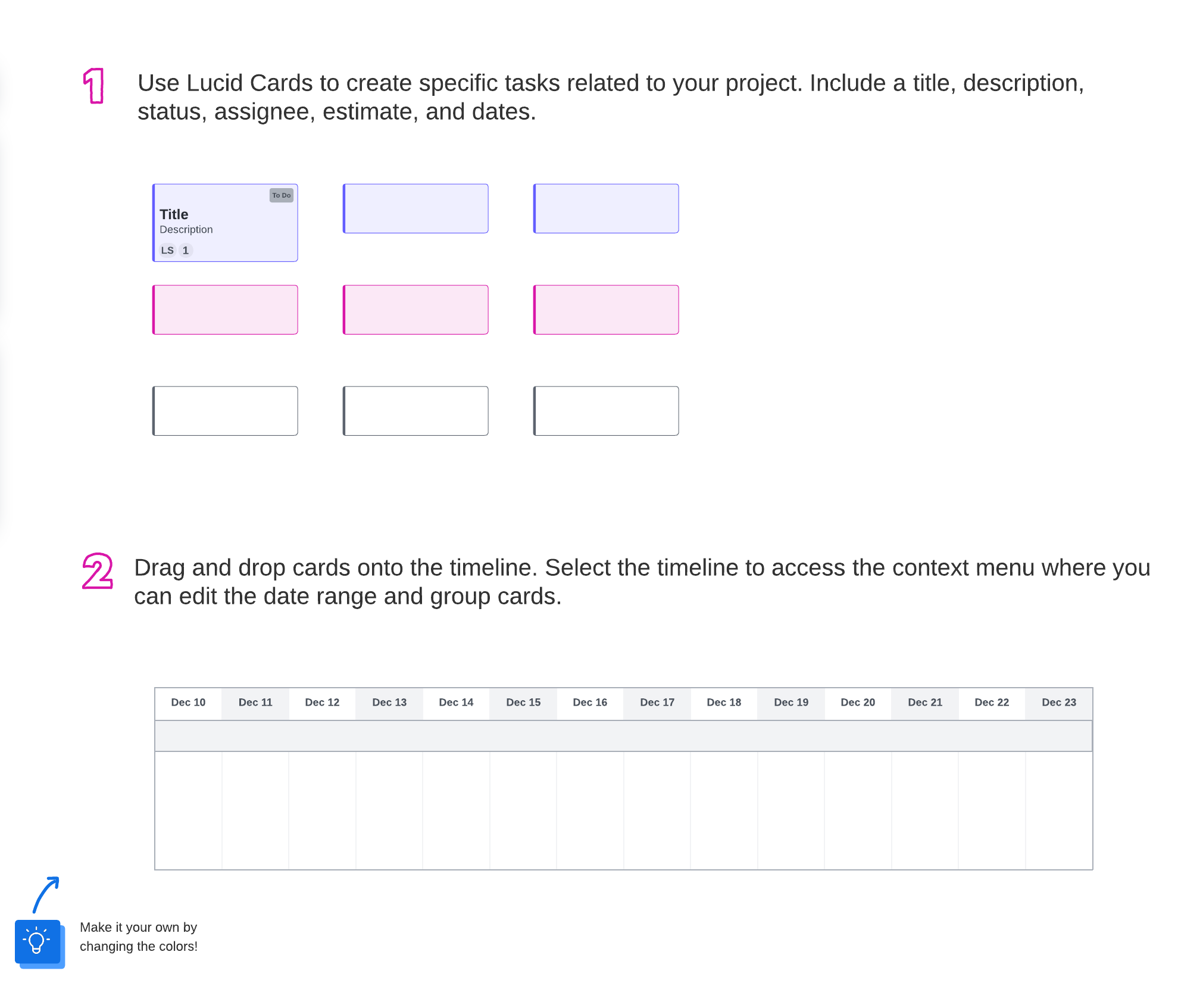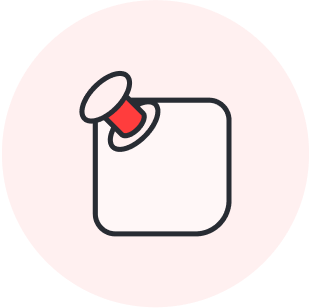
Multi-project management: Tips for success
Reading time: about 5 min
Topics:
Multi-project management refers to the process of managing more than one project at a time. Each project comes with its own set of objectives, goals, deliverables, and timelines.
As a project manager, it’s very unlikely that you’ll only manage one project at a time. This is especially true in larger organizations where running multiple projects simultaneously is the norm.
The majority of project managers typically manage two to five projects simultaneously. The number of projects you might manage will depend on a number of factors like your level of experience, the complexity of the projects, your current workload, the skill level of your team members, the individual deadline for each project, how many project managers your organization has, and so on.
In this post, we’ll discuss what multi-project management is, the challenges associated with it, tools available to help you, and tips for managing multiple projects.
What is multi-project management?
Multi-project management refers to the process of managing more than one project at a time. Each project comes with its own set of objectives, goals, deliverables, and timelines.
The projects assigned to you could be dependent on each other. Some projects may be small, requiring just a small amount of your time each month, while others may be large and more complex and require a lot of your time. No matter how many or what type of projects are assigned to you, it’s going to require good coordination, time management, resource allocation, and decision-making skills to effectively manage them.
What are some of the challenges of multi-project management?
Working on a single project comes with its own challenges. So, it’s logical that working on multiple projects will come with multiple challenges you’ll need to address. Here are a few common challenges associated with multi-project management.
Prioritization
You have to learn how to prioritize which tasks are the most important. This will help your team members know what to work on so projects flow smoothly.
Look at task dependencies and how tasks align with your organization’s strategic goals to help you determine which tasks should be done first. When your teams don’t understand what the priorities are, it can lead to missed deadlines and poor resource allocation.
Resource allocation
Chances are you won’t have all the resources you would like to have for each project. Resource allocation includes knowing what you have available to do the work. This information helps you optimally distribute resources, balance the workload across all projects, and ensure tasks are completed as planned.
This resource calendar template can help you to determine what resources you have, when they are available for use, and what the workload is for each.

Risk management
Every new project has the potential to introduce unforeseen risks. It’s important to identify potential risks so you can address them before they become real problems. But identifying and managing risks across multiple projects can be a real challenge.
Understanding your organization's process flows can help you to identify risks. Making these flows visual gives you the overview you need to see where potential risks might occur. Consider using a process flow template to map out the business flows across multiple projects and a risk matrix template to identify and assess risks.


Communication and coordination
To be able to manage and coordinate efforts across multiple projects requires clear and effective communication strategies among all teams, departments, and stakeholders. A lack of communication can lead to misalignment, misunderstandings, and decreased collaboration. Keep the communication lines open with regular meetings, visual collaboration solutions like Lucid, and a centralized communication system.
Project tracking and reporting
It’s important to track timelines, progress, and milestones across multiple projects to keep cross-functional teams aligned and up to date. Tools like
Kanban boards, Gantt charts, and timelines can help you and your teams understand who is doing what, what has been done, what needs to be done, and when tasks need to be completed. Making these tools and charts accessible to everybody involved helps to keep teams on task and unified in working toward the ultimate goal.



Use a multi-project management dashboard to facilitate project tracking
A multi-project management dashboard is a tool that project managers can use to monitor projects a single space. This makes it easy to review and digest the information you need for each project you are running. The dashboard you choose to use might include some of the following components:
-
Timelines: Visualize each project’s timeline, including start and end dates, milestones, task dependencies, and so on.
-
Budget tracking: Track how budgets are being used against what was initially allocated for each project. This information can help you make more accurate budget estimates for future projects.
-
Resource allocation: Understand who is working on what, who is available to take on more tasks, how the workload is distributed, and where there are potential bottlenecks. This information can help you to get the right people in the right place to keep the work flowing as planned.
-
Status updates: Get real-time updates on each project’s progress, completed tasks, upcoming tasks, and upcoming milestones.
-
Risk analysis: Identify potential project risks, assess their impact, and suggest strategies for fixing them before they become bigger problems.
Use a project management tool for multi-project management
There are several project management tools available to help you manage projects. Look for a tool that includes the following features:
-
Dashboards that give you a visual overview of your projects, including resource allocation, budget tracking, and more.
-
Integrated tools for planning and scheduling.
-
Tools to facilitate task management, time tracking, and communication.
-
Tools that help you to prioritize and sequence work.
-
Document storage that is easily accessible to all team members.
How can Lucidspark help?
Lucidspark is an easy-to-use virtual whiteboard where you can collaborate with teammates in real time no matter where they are located. Lucidspark’s brainstorming templates and Visual Activites help you in the planning stages so you can identify viable projects and begin estimating the resources needed to complete them.
Lucidspark’s project planning templates help you visualize, track, and manage projects the team moves forward with.
Additionally, Lucidspark integrates with many of the most popular project management platforms to easily include visuals that make project flows and timelines easier to read and understand.

Lucidspark can help you align project stakeholders, clarify workflows, and streamline processes.
Learn moreAbout Lucidspark
Lucidspark, a cloud-based virtual whiteboard, is a core component of Lucid Software's Visual Collaboration Suite. This cutting-edge digital canvas brings teams together to brainstorm, collaborate, and consolidate collective thinking into actionable next steps—all in real time. Lucid is proud to serve top businesses around the world, including customers such as Google, GE, and NBC Universal, and 99% of the Fortune 500. Lucid partners with industry leaders, including Google, Atlassian, and Microsoft. Since its founding, Lucid has received numerous awards for its products, business, and workplace culture. For more information, visit lucidspark.com.
Related articles
How to track your project budgets
With careful project budget tracking, teams can make better informed decisions and mitigate financial risks.
Resource forecasting for project managers
In this article, we’ll discuss resource forecasting, why it’s essential, and share some best practices to help you in your resource forecasting efforts.
A quick guide to integrated project management
Learn about integrated project management and how it can help with project management plans. Lucidspark offers helpful project management templates.
The change control process in project management
Learn more about the change control process, its benefits, and how Lucidspark can help. Includes free templates!
